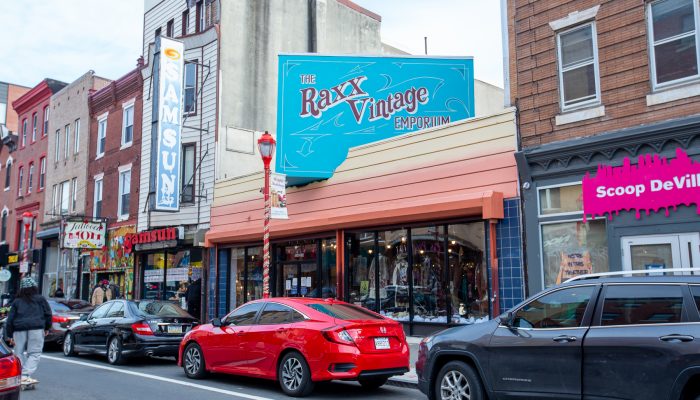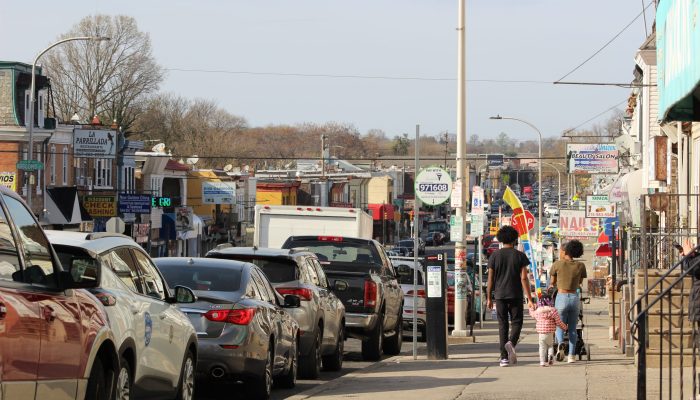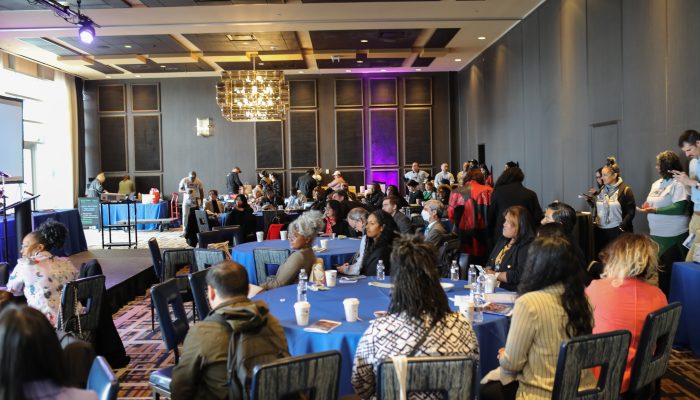Note: This page has been updated based on changes announced by the Small Business Administration on February 22, 2021.
The Latest Updates on PPP
On February 22, 2021, SBA announced a series of changes to the Paycheck Protection Program (PPP) designed to make the program more accessible to underserved borrowers. The changes include:
- Starting February 24, 2021, only businesses with fewer than 20 employees can apply for loans for a two-week period (ending March 10, 2021).
- Sole proprietors, independent contractors, and self-employed individuals will receive more financial support by revising the program’s formula for these categories of applicants.
- Non-citizen small-business owners who are lawful U.S. residents will be able to apply for loans using Individual Taxpayer Identification Number (ITIN).
- Small business owners with prior non-fraud felony convictions may now be eligible.
- Small business owners who are delinquent on federal students loans may now be eligible.
Background on PPP
The federal Paycheck Protection Program (PPP) has reopened applications for eligible businesses. Businesses that did not receive a PPP loan last year (“First Draw” businesses) are eligible to apply if they have 0-500 employees. Businesses that received a PPP loan last year and are seeking another PPP loan (“Second Draw” businesses) are eligible to apply if they have 0-300 employees. Sole proprietors may be eligible to apply. Existing borrowers who did not receive loan forgiveness by December 27, 2020 are eligible to reapply for a First Draw PPP loan if they previously returned some or all of their First Draw PPP funds.
The Small Business Administration (SBA) will forgive PPP loans if the funds are used for eligible expenses, such as utilities, rent, mortgage interest, payroll and/or owner compensation replacement.
Business owners should prepare documentation for their applications, such as:
- Inventory documents (delivery slips, etc.)
- Receipts
- Payroll
- Details on laid off or furloughed staff
- Debt service payments
- Mortgage/lease and utility payments
- Workers’ Compensation claims
- Signed tax returns from 2018 and 2019
- Financial statements from 2018 and 2019
- Note: This is not an exhaustive list of required documents.
Businesses which did not receive funding from the federal program earlier this year, particularly minority-owned businesses, are encouraged to seek out assistance to ensure they compile and submit the necessary paperwork on time.
The Department of Commerce’s Office of Business Services stands ready to assist businesses and direct them to organizations that can help them fill out PPP applications. They can be reached by calling the City’s business services hotline at 215-683-2100 or by emailing business@phila.gov.
What’s Different from the Last Round of PPP
Key changes from the previous rounds of PPP include:
- Borrowers can set their PPP loan’s coverage period to be any length between eight and 24 weeks to best meet their business needs.
- PPP loans may cover expenses that were not covered in the previous rounds of PPP in 2020; this includes operations expenditures, property damage costs, supplier costs, and worker protection expenditures.
- PPP eligibility is expanded to include 501(c)(6)s, housing cooperatives, and direct marketing organizations, among other types of organizations.
- There is now greater flexibility to use the PPP funds to cover seasonal employees.
- Certain existing PPP borrowers can request to modify their First Draw PPP Loan amount.
- Certain existing PPP borrowers are now eligible to apply for a Second Draw PPP Loan.
PPP First Draw Borrowers
SBA reopened PPP for First Draw Loans on January 11, 2021. Eligible entities—including nonprofits, veterans organizations, tribal concerns, self-employed individuals, sole proprietorships, and independent contractors—that have 500 or fewer employees can apply.
Borrowers can apply for a First Draw PPP Loan until May 31, 2021. Businesses must apply through existing SBA 7(a) lenders or through any federally insured depository institution, federally insured credit union, eligible non-bank lender, or Farm Credit System institution that is participating in PPP. Learn more about how to be matched with a qualified PPP lender.
PPP First Draw Borrower Application Form
PPP Second Draw Borrowers
To promote access for smaller lenders and their customers, SBA will initially only accept Second Draw PPP Loan applications from participating community financial institutions (CFIs), which include:
- Community Development Financial Institutions (CDFIs)
- Minority Depository Institutions (MDIs)
- Certified Development Companies (CDCs)
- Microloan Intermediaries
The program allows certain eligible borrowers that previously received a PPP loan to apply for a Second Draw PPP Loan with the same general loan terms as their First Draw PPP Loan.
Second Draw PPP Loans can be used to help fund payroll costs, including benefits. Funds can also be used to pay for mortgage interest, rent, utilities, worker protection costs related to COVID-19, uninsured property damage costs caused by civil unrest in 2020, and certain supplier costs and expenses for operations.
A borrower is generally eligible for a Second Draw PPP Loan if the borrower:
- Previously received a First Draw PPP Loan and will or has used the full amount only for authorized uses;
- Has no more than 300 employees; and
- Can demonstrate at least a 25 percent reduction in gross receipts between comparable quarters in 2019 and 2020.
PPP Second Draw Borrower Application Form
PPP Application
Applications are available through SBA-approved lenders. Learn more about how to be matched with a qualified PPP lender.
Organizations Offering PPP Application Assistance
Many local organizations are offering assistance to business owners who need guidance filling out PPP applications, including:
- The Enterprise Center is accepting and providing assistance with applications.
- Greater Philadelphia Hispanic Chamber of Commerce is helping refer business owners to lenders and is offering bilingual application assistance.
- Contact by emailing Info@philahispanicchamber.org or by calling 215-845-5456
- Temple Small Business Development Center (SBDC) is providing one-on-one assistance with applications.
- Contact by calling: 215-204-2375
- FINANTA/Community First Fund is accepting and providing assistance with applications.
- Asian American Chamber of Commerce of Greater Philadelphia is providing assistance.
- Contact by emailing aaccgp@asianchamberphila.org or by calling 215-642-2333
- Impact Services Organization is accepting applications and assisting businesses, with a focus on Spanish-speaking business owners.
- Contact by emailing: jduran@impactservices.org
COVID-19 Economic Injury Disaster Loan Program
In addition to the Paycheck Protection Program, the latest federal stimulus package also included funding for SBA’s COVID-19 Economic Injury Disaster Loan (EIDL) program. This program provides lower interest loans of up to $2 million that are available to pay for expenses that could have been met had the disaster not occurred, including payroll and other operating expenses. These include:
- Payroll
- Fixed debts
- Accounts payable
- Other expenses that can’t be paid due to disaster’s impact
The maximum COVID-19 EIDL is a $2 million working capital loan at an annual interest rate of 3.75 percent for businesses and 2.75 percent for nonprofits, with up to a 30-year term.
Eligibility
The following entities with 500 or fewer employees are eligible:
- Sole proprietorships, with or without employees
- Independent contractors
- Cooperatives and employee-owned businesses
- Tribal small businesses
Application
To apply for an COVID-19 EIDL online, or to check your application’s status, visit the SBA’s website.




